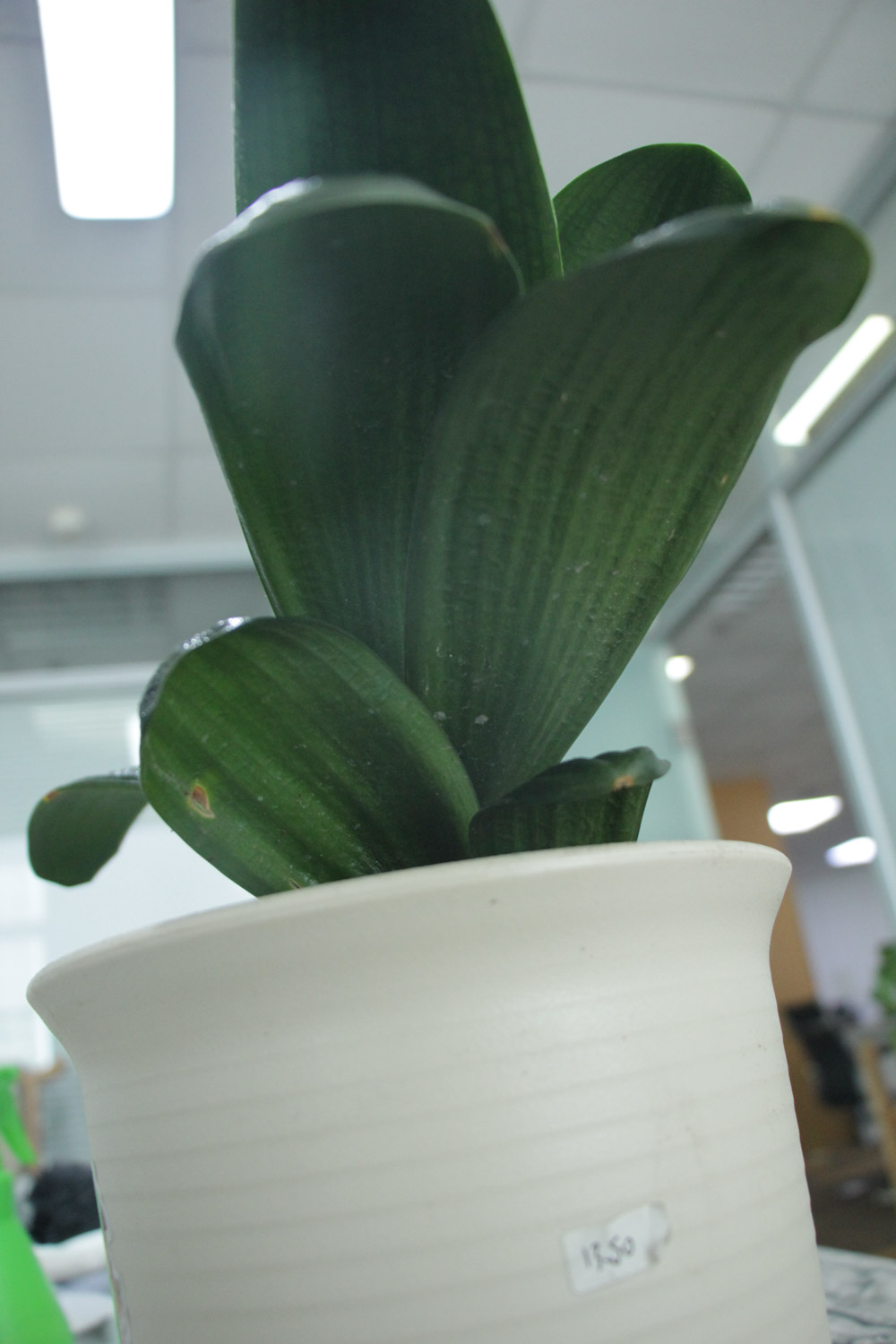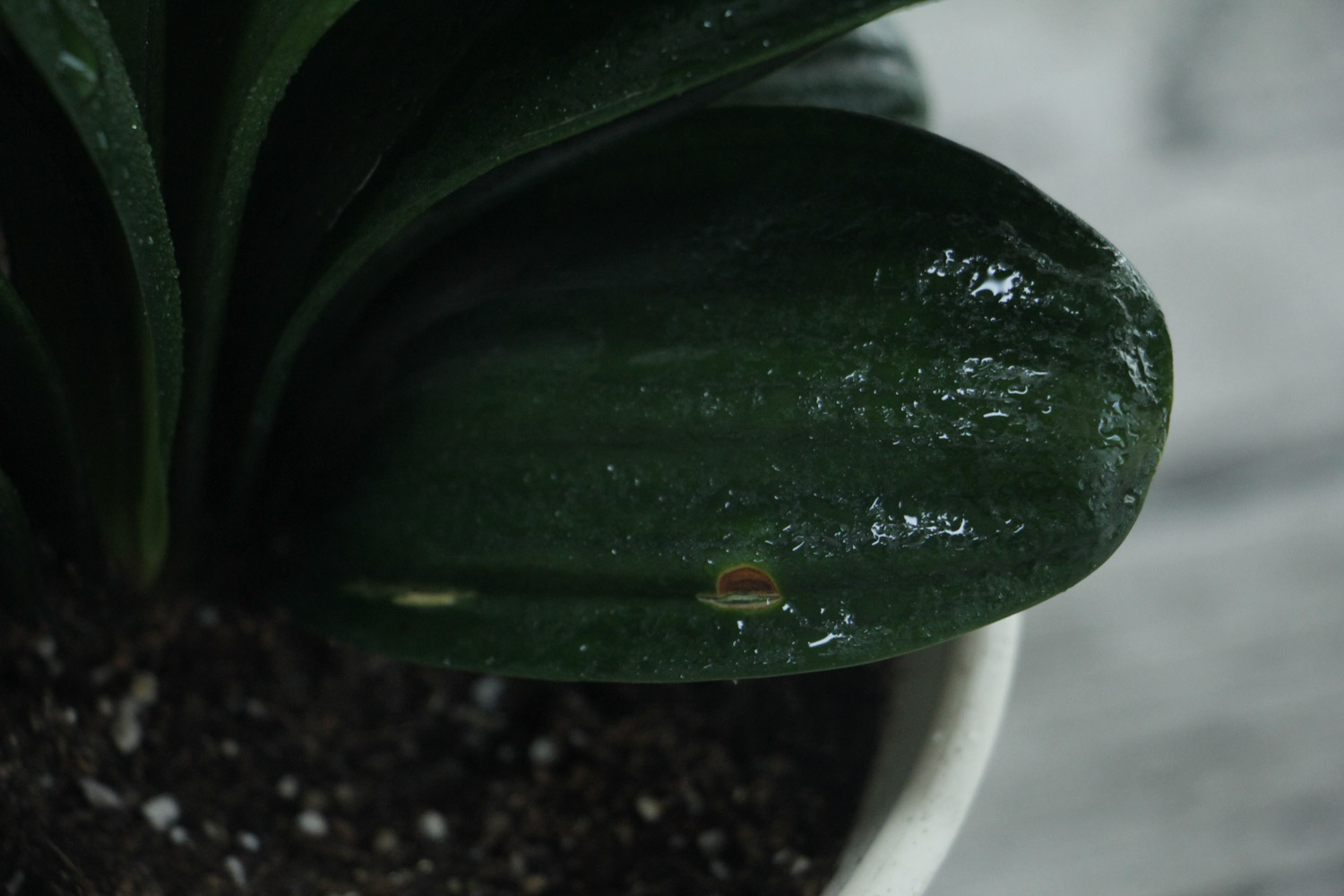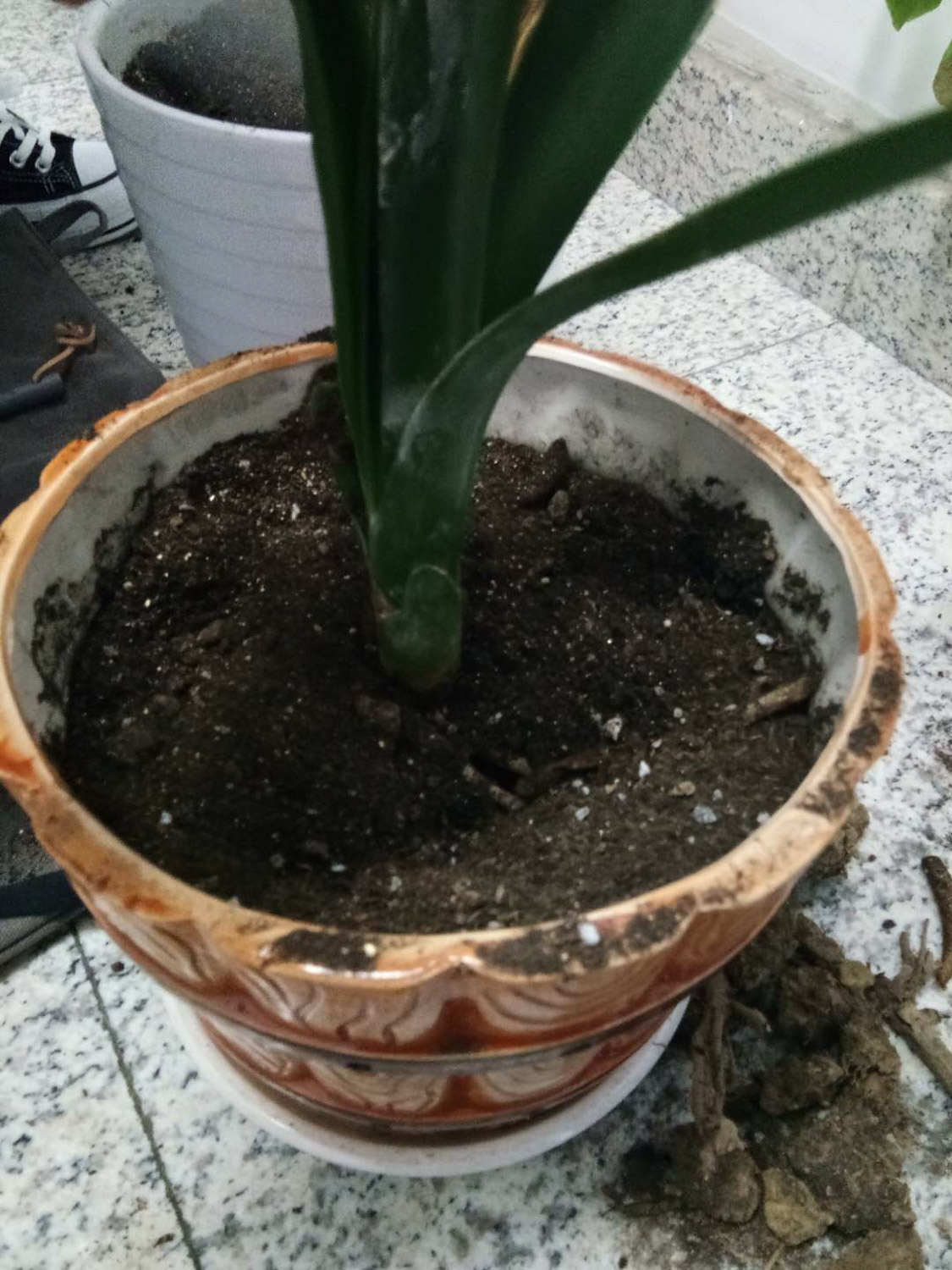1. Requirements for soil
Clivia has strict requirements for soil, and soil has a great impact on its growth. Specifically, it is required to be fertile and loose, coupled with air permeability and water permeability, and the nutrition should be rich and comprehensive

2. Raw materials used
(1) Leaf rot soil: in principle, all leaves of broad-leaved trees are OK. However, the actual test shows that the effect of oak leaves is better
(2) River sand: choose the size of rice grain and washed river sand. It can effectively increase the permeability of soil and reduce the temperature of soil
(3) Slag: the best one is fired at high temperature. The size of corn kernels should also be cleaned before use. It can increase the water retention of soil
(4) Horse manure: after fermentation. Generally, it can be used as basic fertilizer
(5) Larch needle: it can be used alone, but it is generally used together with other materials. It is slightly acidic

3. Preparation method of general nutrient soil
Generally, 20% Larch needles, 20% garden soil, 20% compost, 20% cake residue and the remaining 20% river sand will be selected. This is just one of the preparation methods
4. Preparation methods for different purposes
(1) Leaf raising: use half of the rotten leaf soil, add 30% of Larch needles, and add 10% of bone powder, slag, etc
(2) Root cultivation: use 30% rotten leaf soil, 40% pine needles, 20% river sand and 10% bone powder


 how many times do yo...
how many times do yo... how many planted tre...
how many planted tre... how many pine trees ...
how many pine trees ... how many pecan trees...
how many pecan trees... how many plants comp...
how many plants comp... how many plants can ...
how many plants can ... how many plants and ...
how many plants and ... how many pepper plan...
how many pepper plan...





























